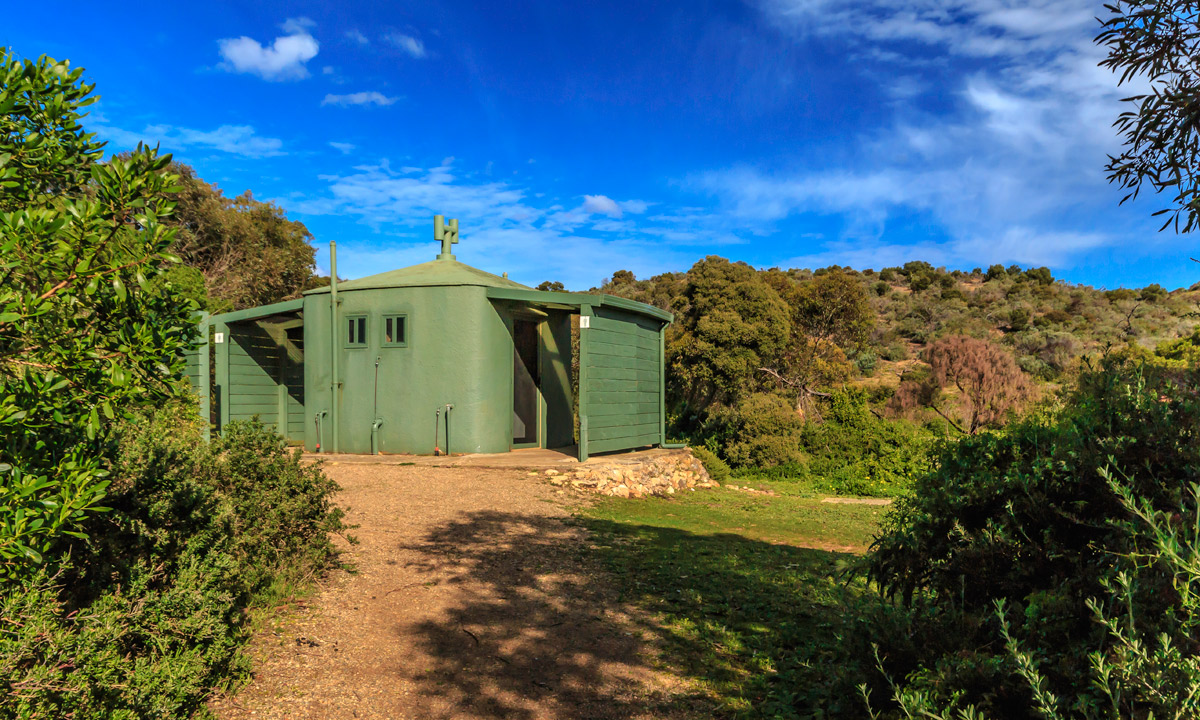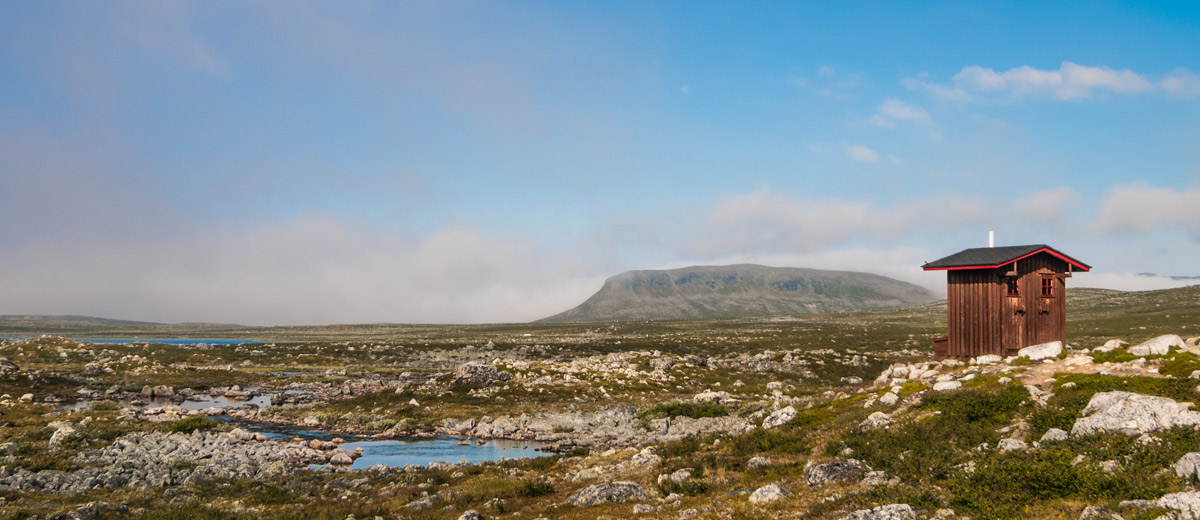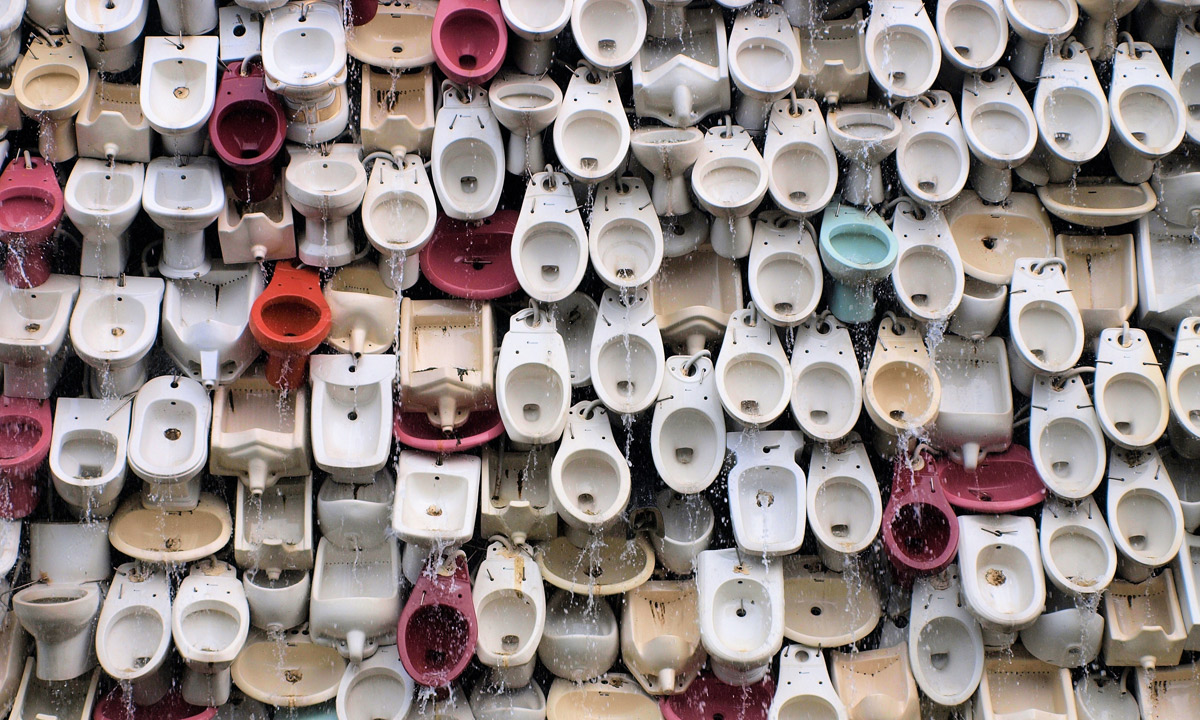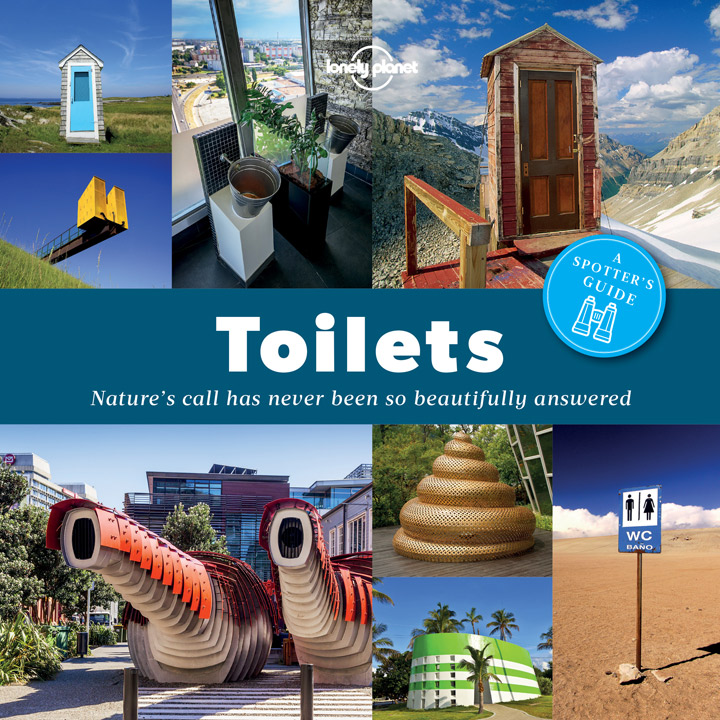SA ‘eco thrones’ rank among world’s most terrific toilets
The Fleurieu Peninsula can flush with pride after scoring two spots in a new Lonely Planet guide to the world’s most amazing loos.
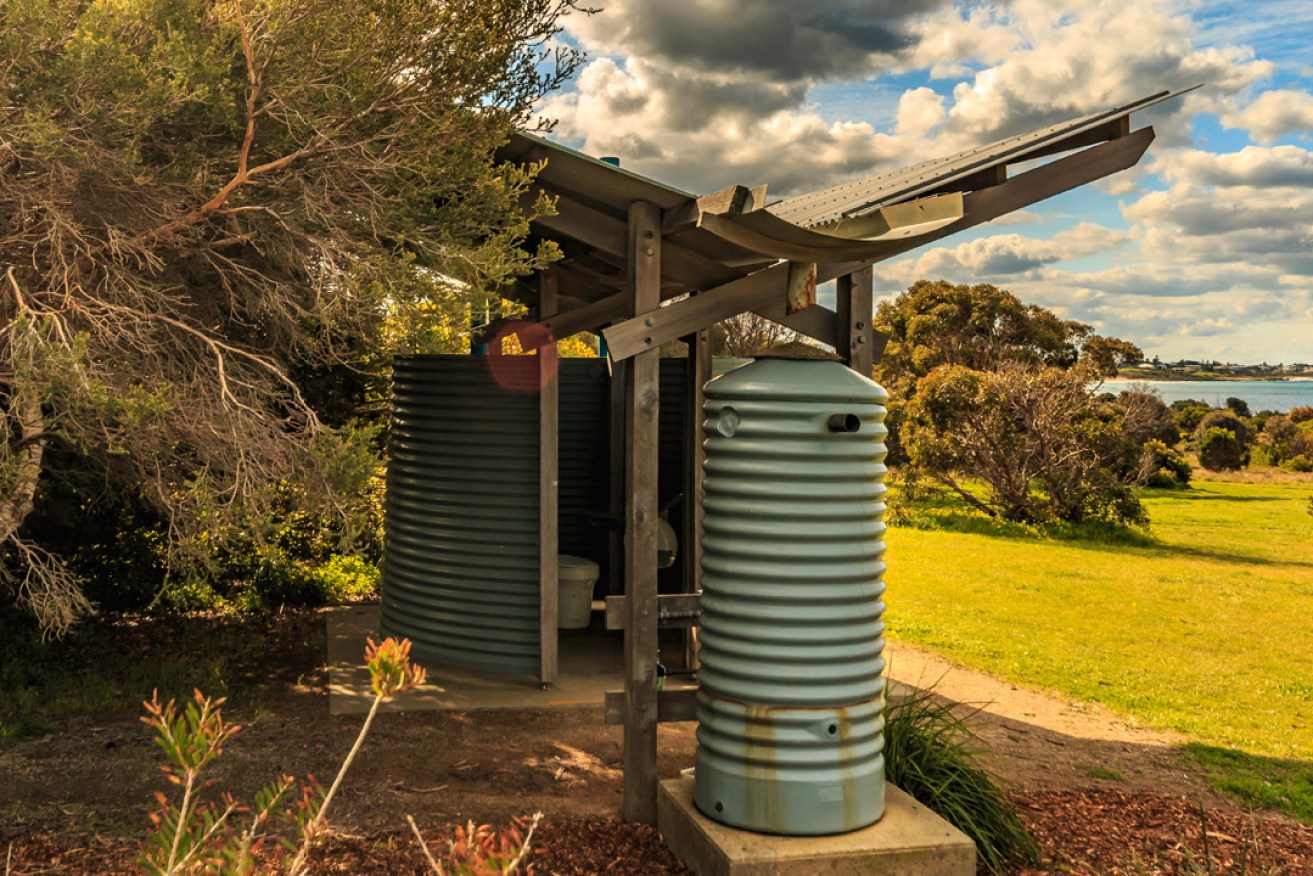
The eco toilet at Basham Beach Conservation Park. Photo: Trevor Holder
The eco-toilets – at Encounter Bay and Basham Beach Conservation Park – are among just three Australian loos and more than 100 worldwide included in the book, which boasts “porcelain pews with fantastic views, audacious attention seeking urban outhouses, and eco-thrones made from sticks and stones”.
Lonely Planet says the toilet on the foreshore of Waitpinga Beach at Encounter Bay is tactfully painted green to blend in with its bushland surrounds and serves “a salty bunch of beach bums”, while visitors can “virtually see the sea” from the unisex loo at Basham Beach.
The third and only other Australian toilet included in the guide is the leaning dunny of Silverton, in outback New South Wales, a rickety timber and corrugated iron affair which is apparently a popular pit-stop for people passing through the town.
Other toilets featured in the book – titled Toilets: A Spotter’s Guide – include architect-designed restrooms made from welded Corten steel in the far north of Norway, a commode-shaped museum in South Korea whose name translates to Mr Toilet House, orange-like spherical bathrooms in Israel’s Tel Aviv, squat toilets with valley views in Laos, raised tin dunnies in the Uzbekistan desert, a snow-covered toilet 6812m up a mountain in Nepal, and a green throne without walls in the Icelandic outback.
New Zealand appears to be punching above its weight when it comes to desirable dunnies, with a total of five given space in the book, including eco toilets in the Mt Cook National Park and on the popular Milford Track.
In the book’s introduction, Lonely Planet says that toilets are a “window into the secret soul of a destination”
“It’s not just how well they’re looked after that’s revealing, but where they are positioned and the way they’ve been conceptualised, designed and decorated.
“Toilets so often transcend their primary function of being a convenience to become a work of art in their own right, or to make a cultural statement about the priorities, traditions and values of the venues, locations and communities they serve.”
As for where you would keep a book like this, well there’s really only one place.
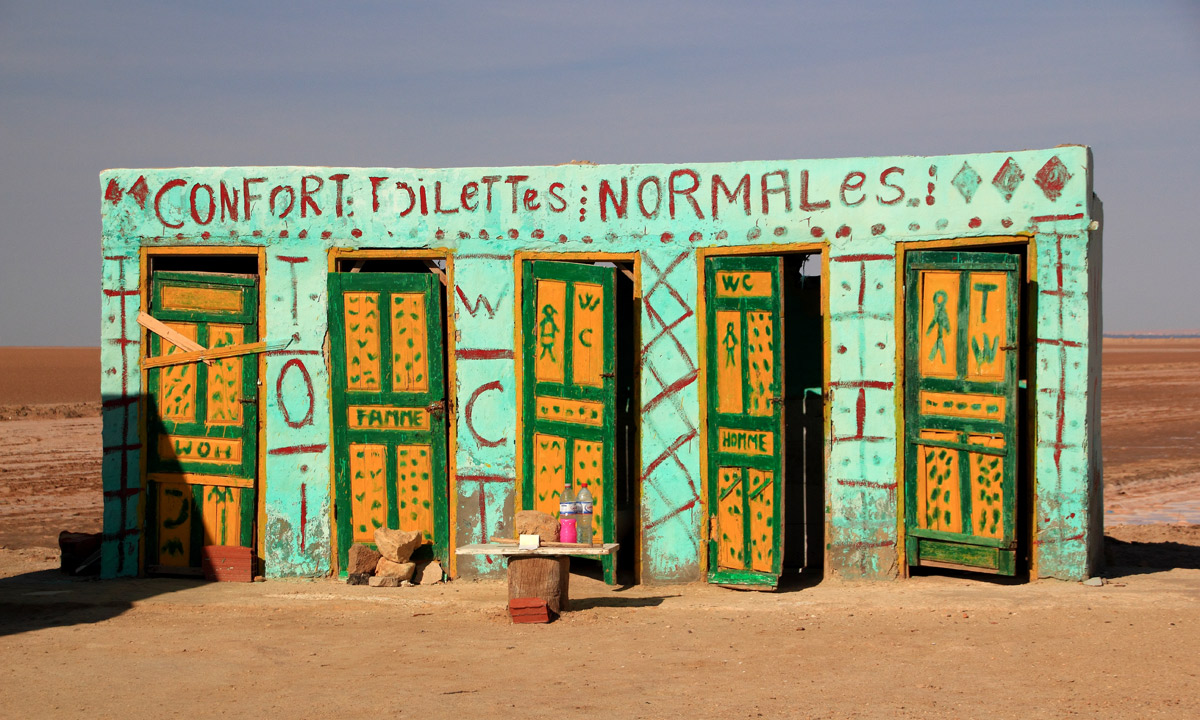
Toilets in the Chott el Djerid salt lake in southern Tunisia, used as the setting for Luke Skywalker’s boyood home in the first Star Wars film. Photo: Lucio Valmeggia
From Toilets: A Spotter’s Guide, Lonely Planet 2016. Published this week, RRP $14.99 (www.lonelyplanet.com).
